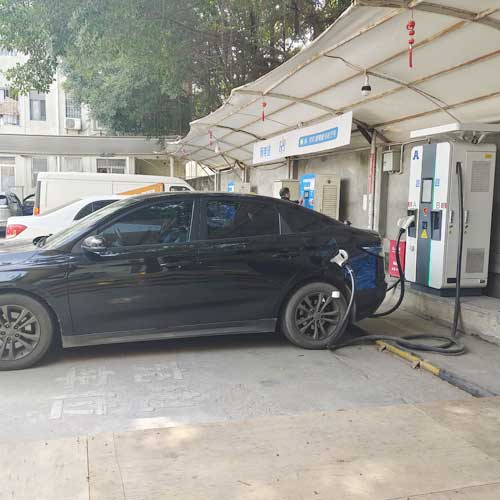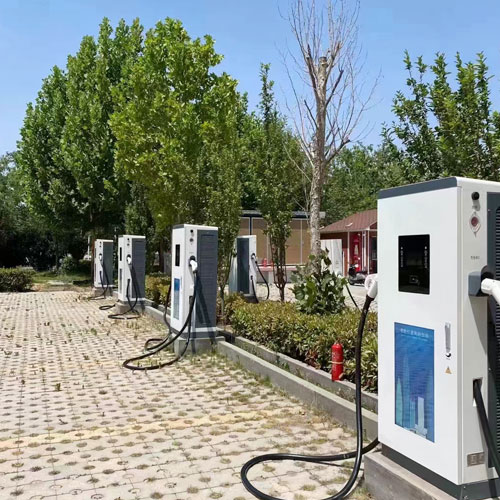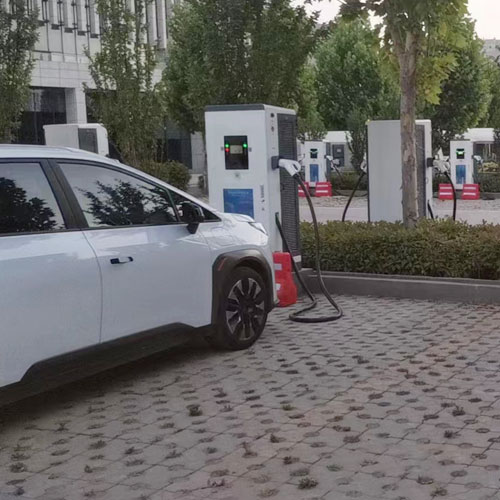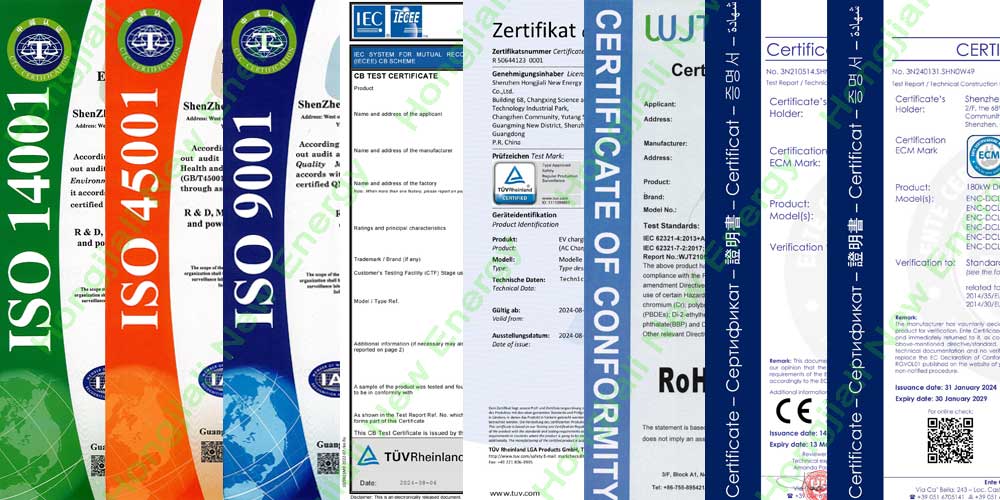-
 +86 18924678741
+86 18924678741 -
 sales@hjlcharger.com
sales@hjlcharger.com -
 Shenzhen City, Guangdong Province, China
Shenzhen City, Guangdong Province, China
The DC charger 50kw is an efficient and fast electric vehicle charging device that can charge all electric vehicles on the market and meet the needs of various consumer groups. It is widely used in private garages, public parking garages, large integrated stores and other places.
The technical parameters of the DC charger 50kw are as follows:
Parameters | Requirements |
General Requirements | |
EV Charger Type | DC |
Charger Capacity | 50KW |
Equipment size | L720*W401*H2000(mm) |
Product Model NO. | ENC-DCL060A/B |
ANSI-DCL060A/B | |
JIS-DCL060A/B | |
Mounting | Ground-Mounted |
Input Requirements | |
AC Supply System | Three-Phase, 5 Wire AC system |
Nominal Input Voltage | AC380V±15% |
Input Frequency | 45-65Hz |
Environmental Requirements | |
Ambient Temperature Range | -25 to 55°C |
Ambient Humidity | 5 to 95% |
Storage Temperature | -40 to 70°C |
Mechanical Requirements | |
IP Ratings | IP 54 |
Cooling | Air-cooled |
Output Requirements | |
Number of Outputs | 1 or 2 |
Type of Each Output | 200-1000VDC |
Single Output Max.Current | 200/250Amp |
Power Factor | ≥0.99(50% load above) |
User Interface & Display Requirements | |
Display & Touch-Screen Size | 7 Inches Touch Screen with Shell |
User Authentication | QR Code/RFID Card /Password Login |
Metering Information | Consumption Units |
Communication Requirements | |
Communication between EVSE and Central server | Protocol (Optional) |
Interface between Charger and CMS | Ethernet/3G/4G/WIFI (Optional) |
Protection & Safety Requirements | |
Executive Standard | IEC 62196 2017, IEC 61851 2017, SAE J1772,CHAdeMO etc. |
Safety Parameters | Over Current, Over Voltage, Under Voltage, Residual Current, Surge Protection, Leakage Protection, Short Circuit, Over Temperature, etc. |














